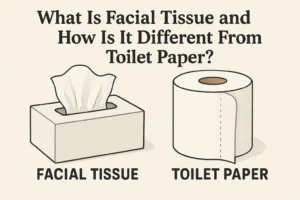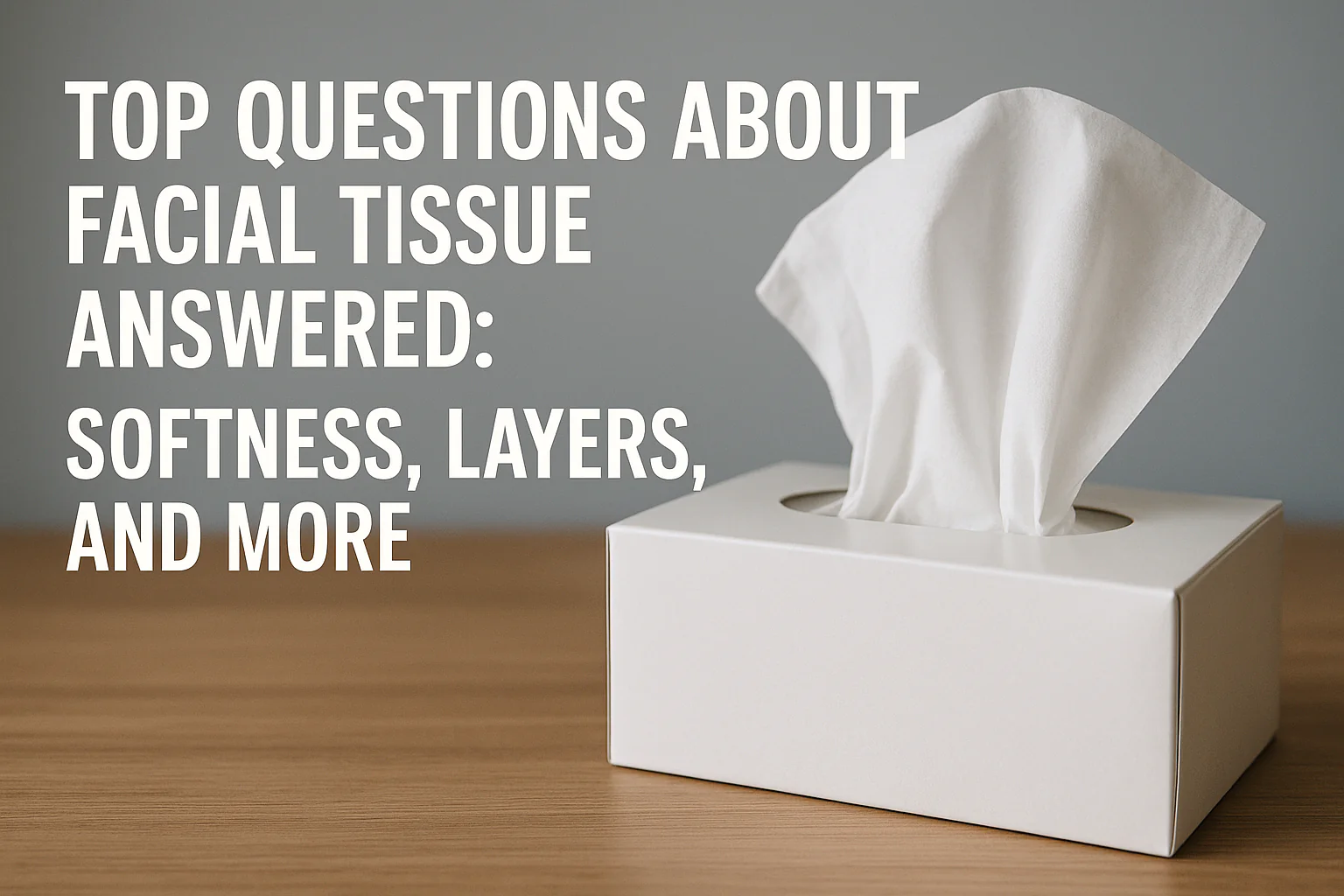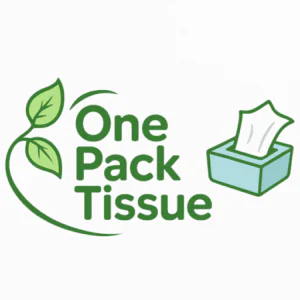Top Questions About Facial Tissue Answered: Softness, Layers, and More?
I used to think all tissues were the same until I compared different boxes. The softness, the number of layers, and even the eco-friendliness can change the whole experience.
Facial tissue FAQs often focus on softness, ply count, and eco-friendly options. Softer, multi-layered tissues protect skin and provide comfort, while bamboo and recycled options balance performance with sustainability.
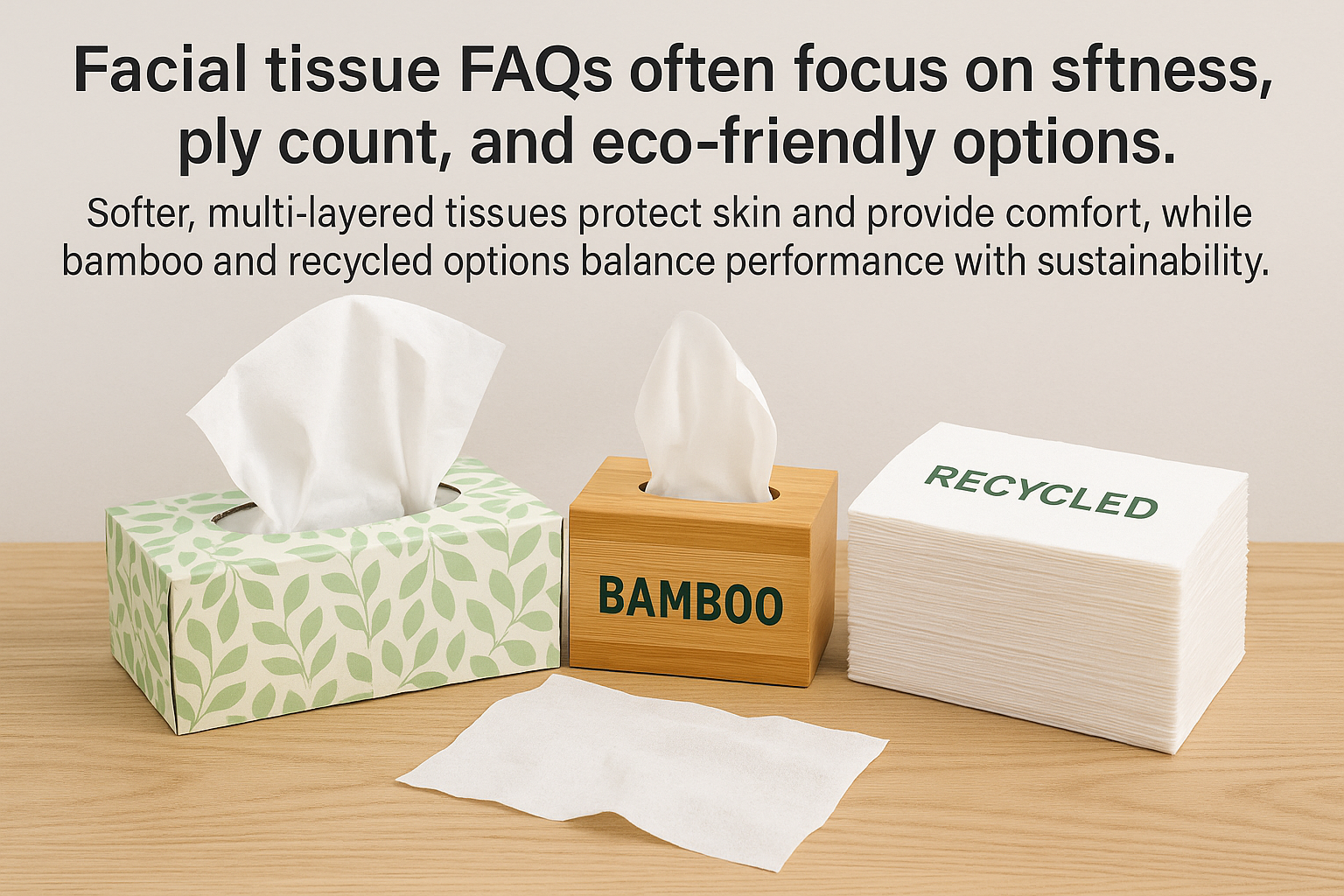
Here are the most common questions people ask about tissues — and what I’ve learned by testing them myself.
What are the layers of facial tissue?
When you pick up a tissue, it may look like a single sheet, but it often has two or three thin layers bonded together. That’s what “ply” means.
Two-ply tissues are standard for strength and absorbency, while three-ply tissues feel softer and cushion the skin during heavy use.
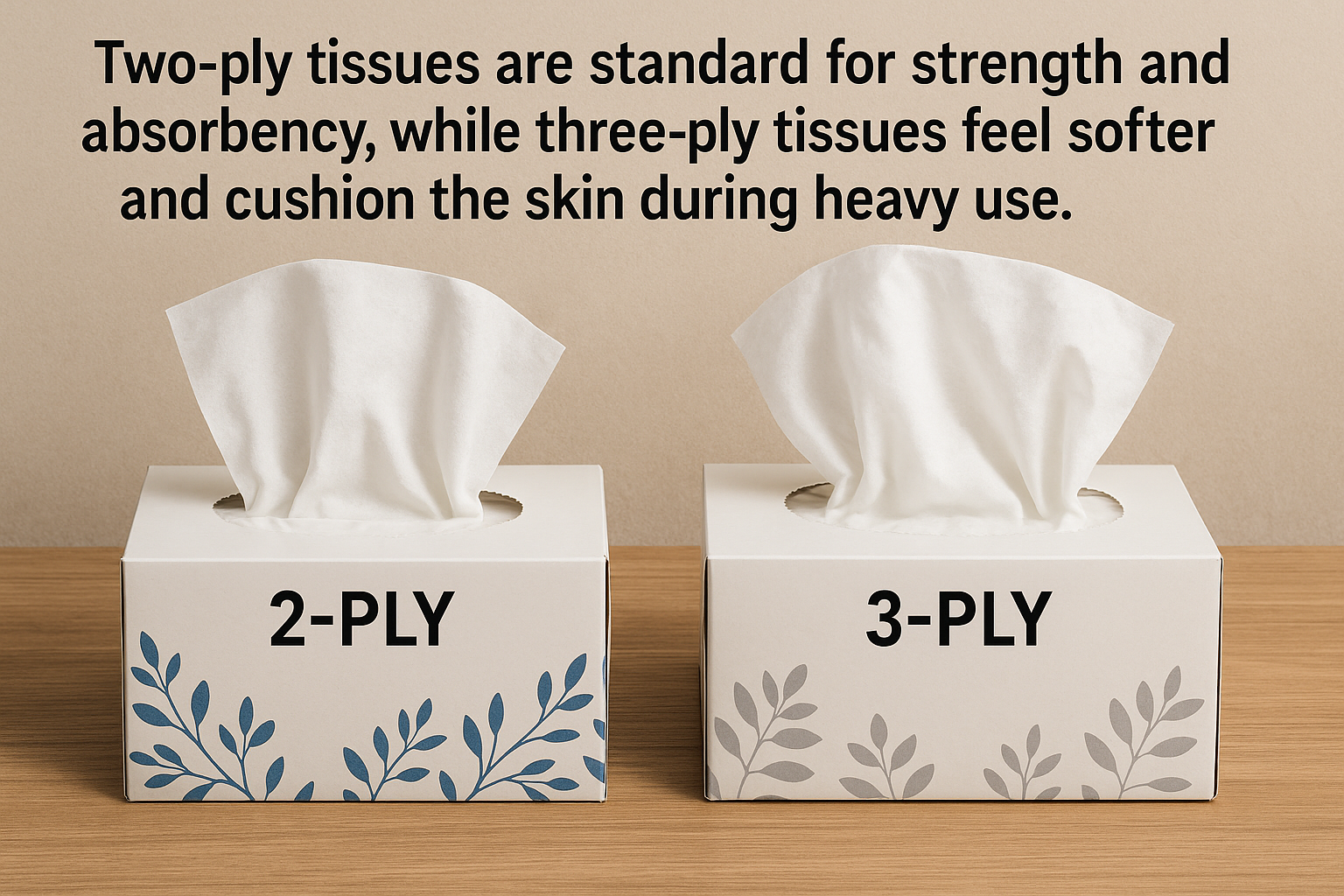
I first noticed this difference during allergy season. Two-ply tissues did the job, but my nose got sore after a few days. Then I tried a three-ply tissue from Kleenex Ultra Soft, and the extra layer made a real difference. It felt cushiony and stayed intact even when damp.
The higher the ply count, the more absorbent and durable the tissue. Premium tissues use this to justify higher prices. But for occasional use, two-ply works fine. In families with kids or during flu season, I recommend stocking three-ply for comfort.
What is the softest eco-friendly facial tissue?
Softness and eco-friendliness don’t always go together, but new materials are making that balance possible. Bamboo pulp has become the top alternative to virgin wood pulp.
The softest eco-friendly facial tissues are bamboo-based products like Reel Paper, which combine skin safety, strength, and biodegradability.
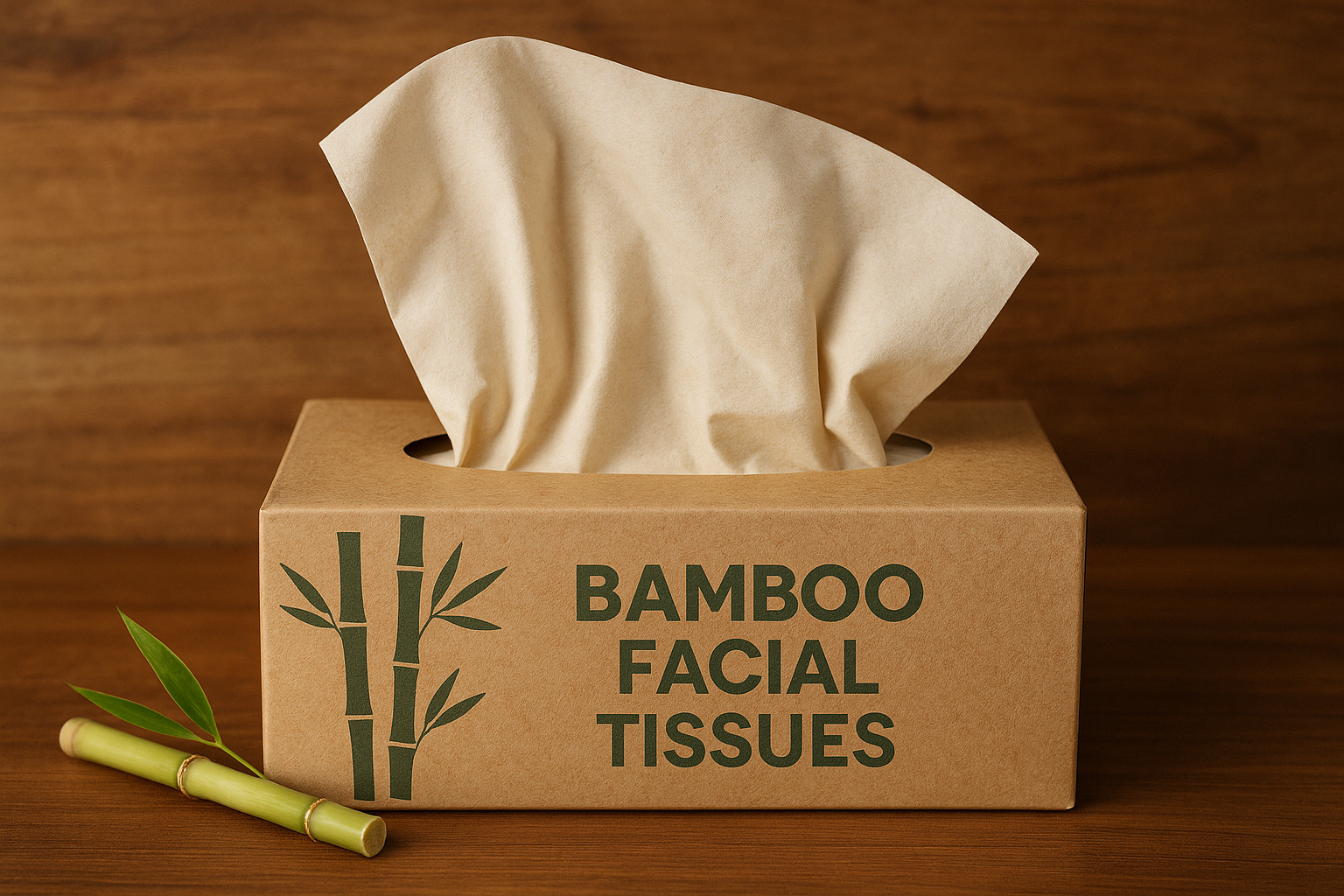
I tried a bamboo-based brand last year. At first, I expected it to feel rougher than wood-pulp tissues. Instead, it was smooth, strong, and didn’t irritate my skin. Bamboo grows quickly, requires less water, and doesn’t need replanting after harvest, making it more sustainable than trees.
Eco-friendly doesn’t always mean perfect comfort, though. Some recycled-pulp tissues can feel stiff or scratchy. I avoid those for facial use, though they’re fine for cleaning. Bamboo tissues are pricier, but for people with sensitive skin or eco values, they’re worth the switch.
Why does facial tissue softness matter?
It might sound like a small detail, but when you’re using tissues multiple times a day, softness isn’t just comfort — it’s protection.
Soft tissues reduce irritation, redness, and skin damage, especially during colds, allergies, or frequent wiping.
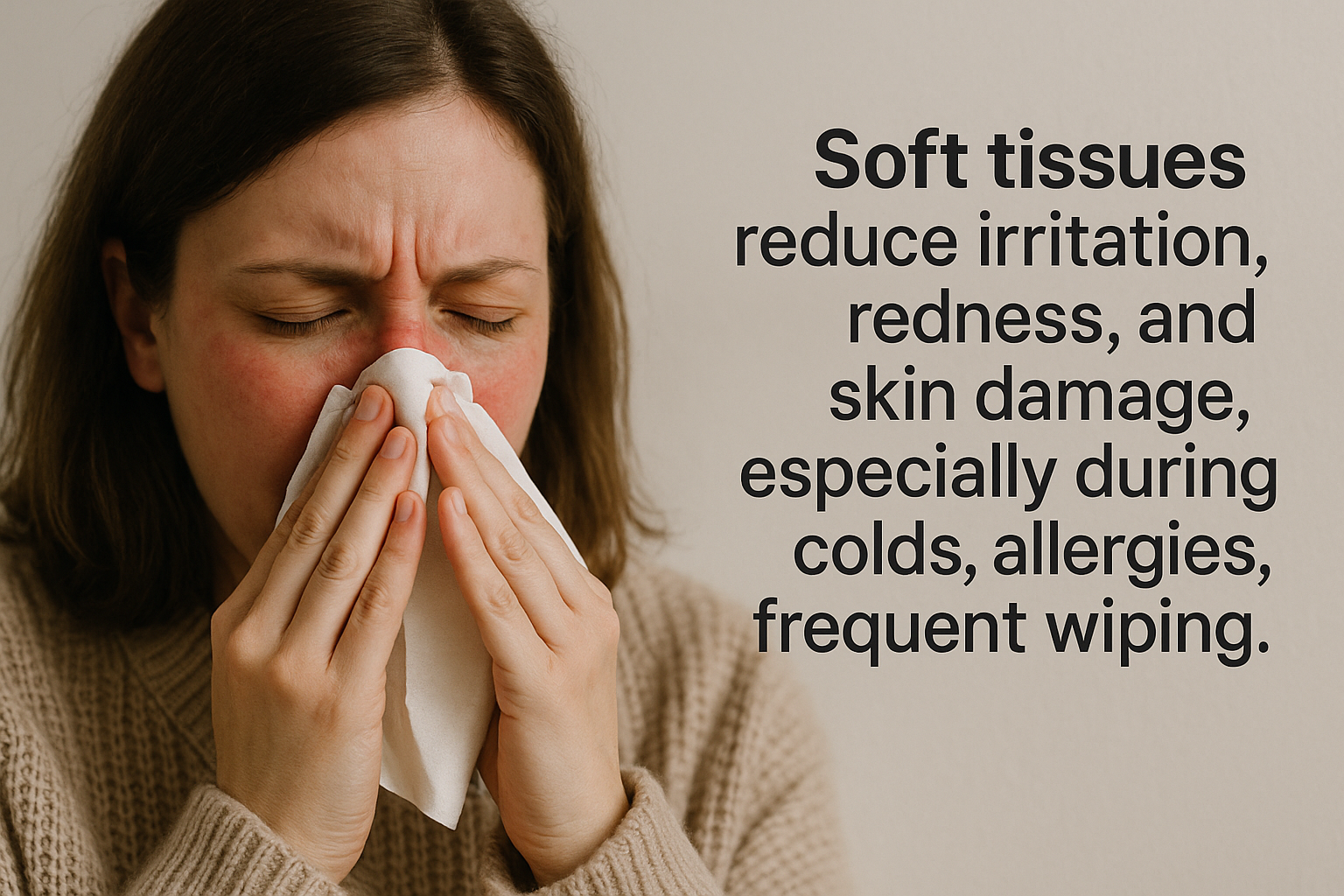
I learned this during a week-long flu. Cheap, rough tissues left my skin raw and red, no matter how much cream I applied. When I switched to a lotion-infused tissue, the soreness stopped almost immediately. That showed me that softness isn’t just a luxury — it’s part of skin care.
Good-quality tissues are tested for hypoallergenic use and often include aloe or vitamin E. They don’t shed lint or scratch the skin. For children and people with sensitive skin, softness is non-negotiable. I now keep both standard and lotion tissues at home — one for daily use, one for sick days.
Conclusion
Facial tissue FAQs often come down to three things: layers, softness, and sustainability. More plies mean more comfort, bamboo makes tissues eco-friendly, and softness protects skin during heavy use.
Share this article
About the Author

You might also like
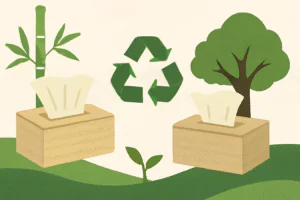
Why Are Bamboo Fibre Tissues More Environmentally Friendly Than Traditional Wood Pulp Tissues?

How Facial Tissue Is Made: Manufacturing Process and Safety Standards?
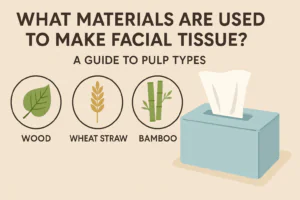
What Materials Are Used to Make Facial Tissue? A Guide to Pulp Types?
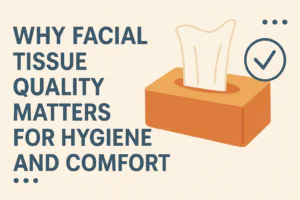
Why Facial Tissue Quality Matters for Hygiene and Comfort?
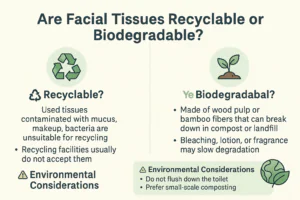
Are Facial Tissues Recyclable or Biodegradable? Environmental Impact Explained?
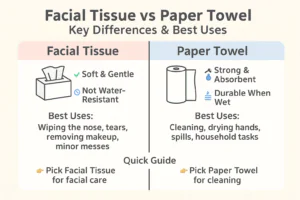
Facial Tissue vs Paper Towel: Key Differences and Best Uses?
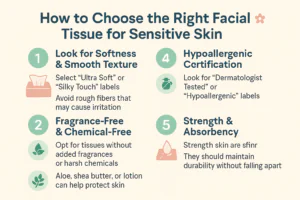
How to Choose the Right Facial Tissue for Sensitive Skin?
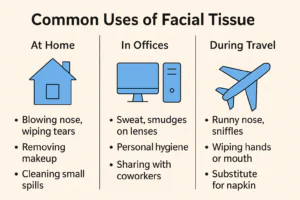
Common Uses of Facial Tissue in Homes, Offices, and Travel?
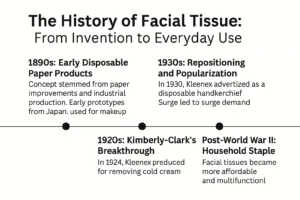
The History of Facial Tissue: From Invention to Everyday Use?
